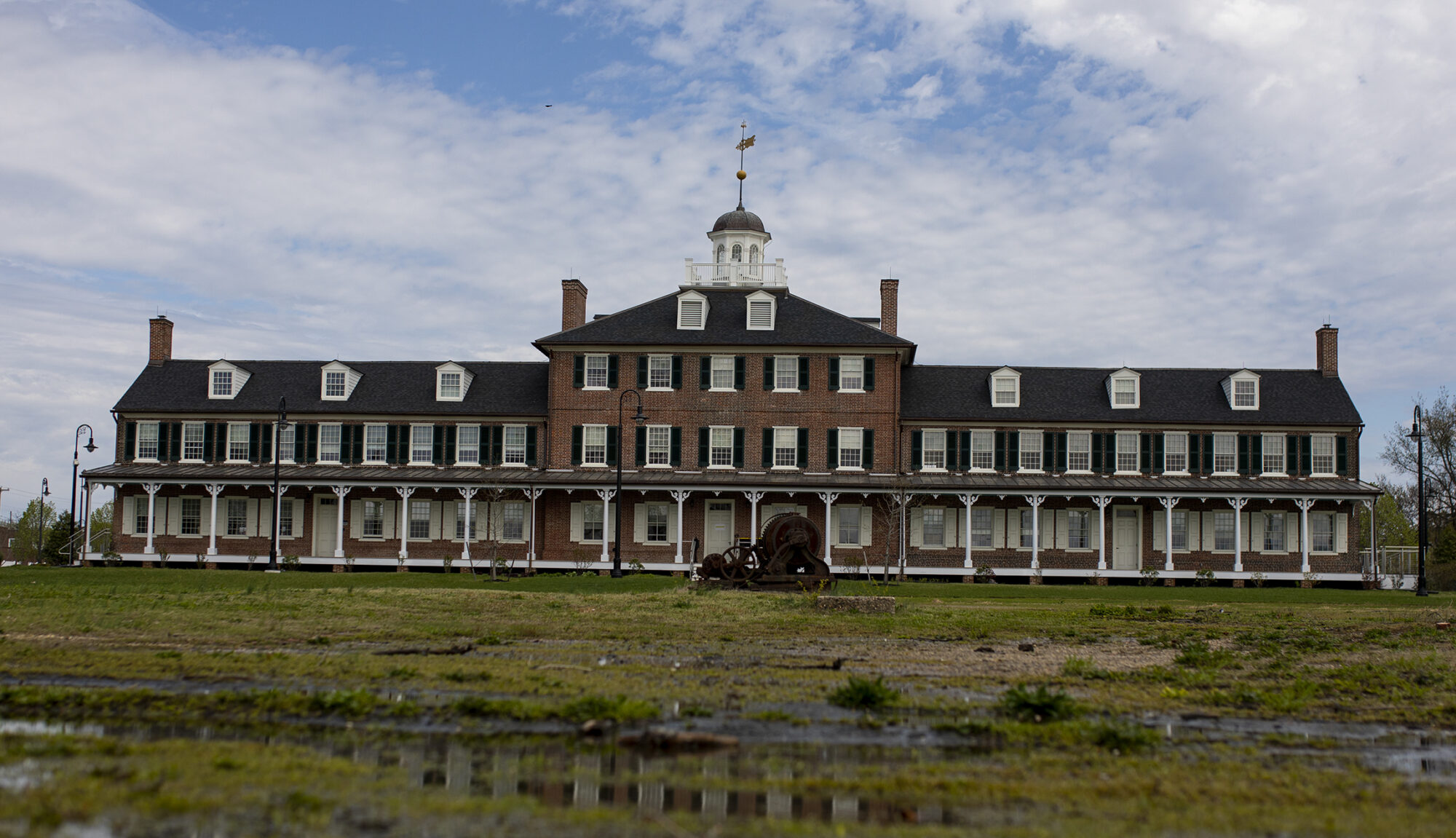Neither Enslaved Nor Free: the Ganges Africans (1800)
In early August of 1800, 137 African men, women, and children “without the least cloathing” arrived at the Lazaretto aboard two American ships, the Phebe and the Prudent. The two schooners had been captured off the coast of Cuba by the U.S. naval ship Ganges in flagrant violation of a recent federal law prohibiting American vessels from engaging in the slave trade. The captain of the Ganges, John Mullowny, escorted the would-be slaves to Philadelphia and unloaded them at the Lazaretto, where they were housed, clothed, fed, and given medical care.
Federal judge Richard Peters granted the Africans their freedom, gave them all the surname Ganges, and asked the Pennsylvania Abolition Society to assume custody of them. The society eventually arranged for them to be indentured as servants to various families in and around Philadelphia.
It had long been assumed that the Ganges Africans landed at the Tinicum Lazaretto, construction of which began in 1799 and was not completed until 1801. However, the old quarantine station on State Island (where the Schuylkill empties into the Delaware) was also sometimes referred to as “the Lazaretto,” and careful research has determined that in August 1800, the Ganges, Phebe, and Prudent must have arrived at the old Lazaretto, which continued to serve as the Port of Philadelphia’s quarantine station until the new Tinicum facility opened in the spring of 1801.
Nevertheless, there remains an intriguing connection between the Ganges and the Tinicum Lazaretto. A nine-year-old girl given the name of “Mary Ann Ganges” was indentured to Thomas Egger, the last Quarantine Master at the old Lazaretto and the first Quarantine Master at the new Lazaretto. See the indenture, including the “X” she marked as her signature.

